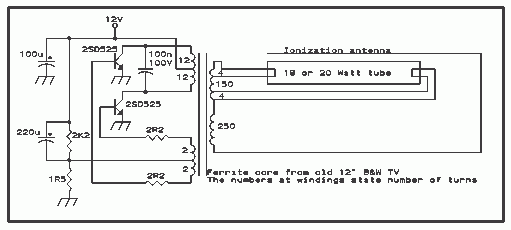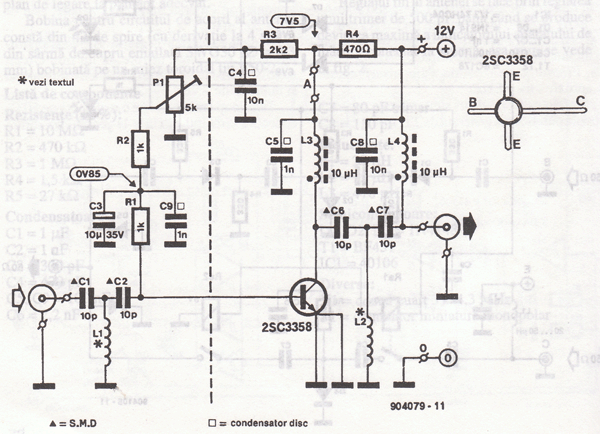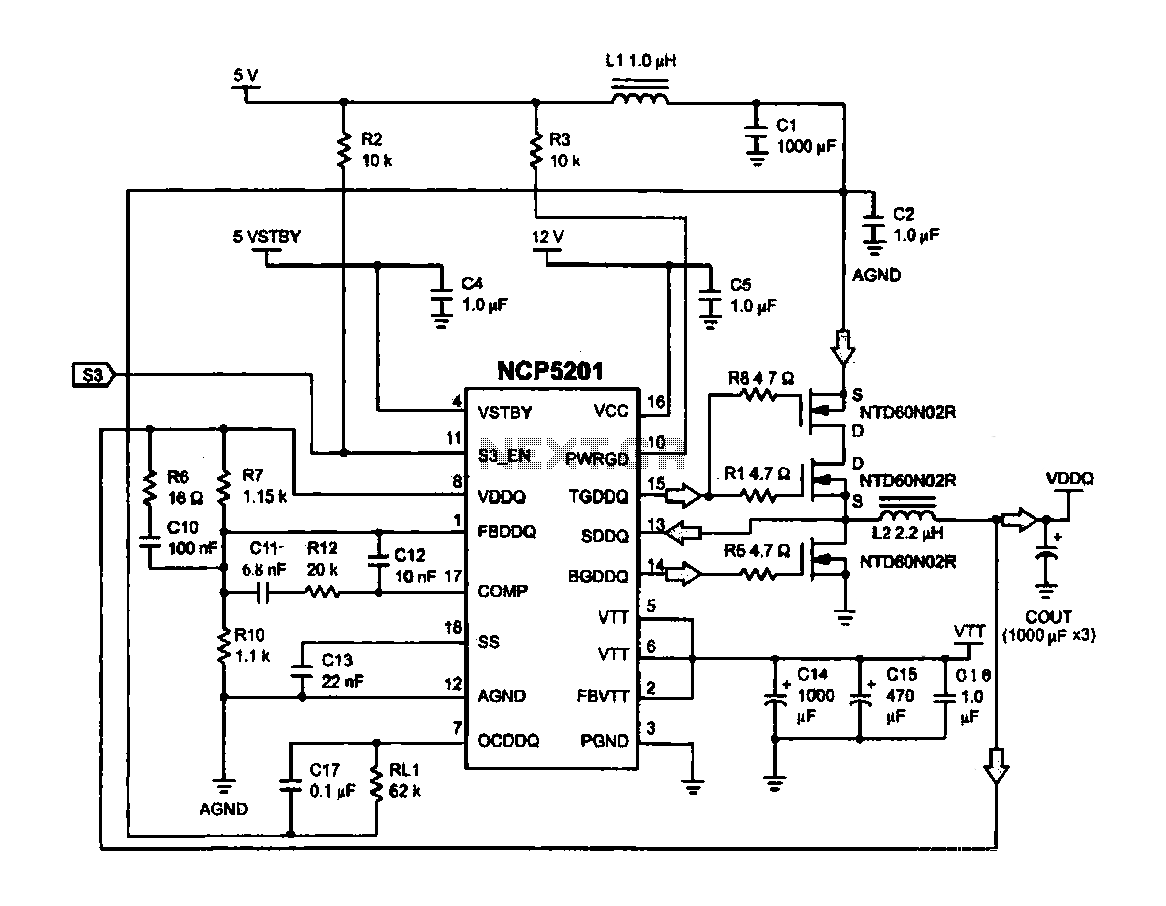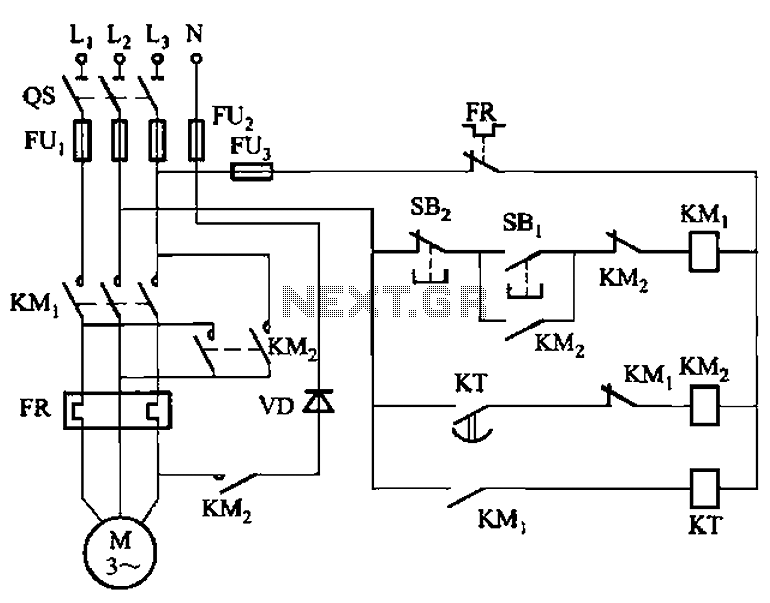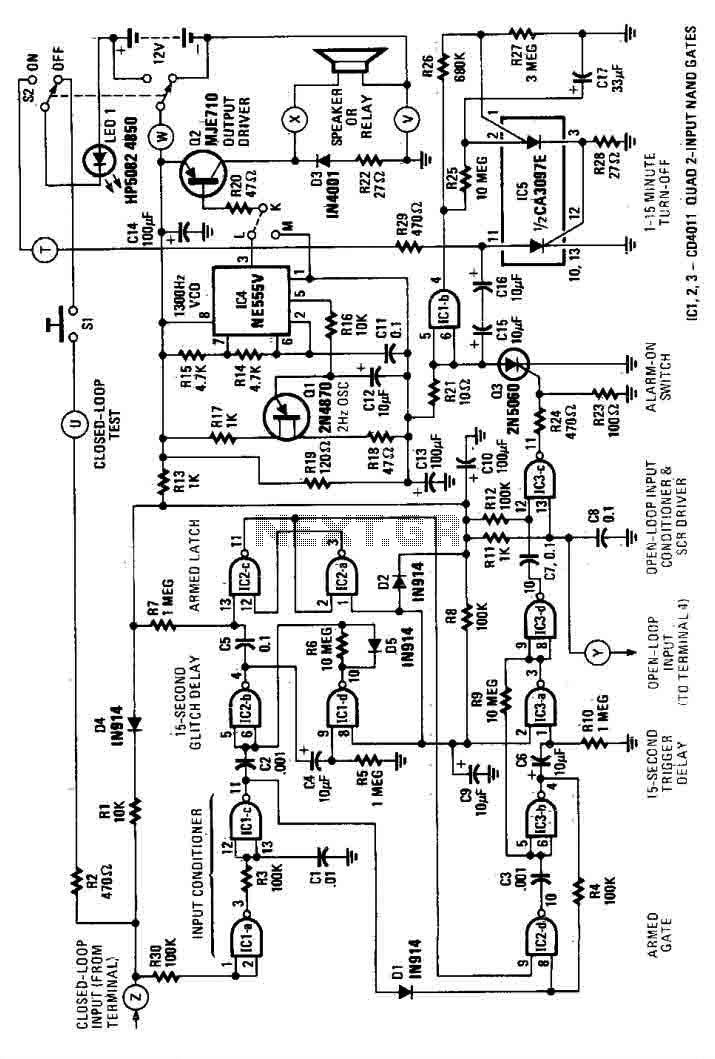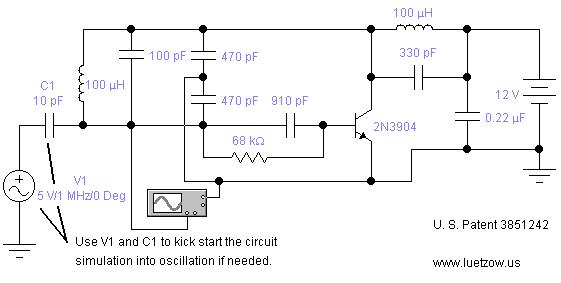
Delaying the release of DC relay circuit
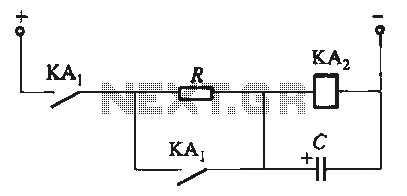
To fulfill the requirements of a control loop, it is often necessary to utilize an electromagnetic relay or a transistor relay to either accelerate or delay an action, thereby forming a circuit designed for acceleration or delay. The circuit illustrated in Figure 6-23 employs the charging and discharging of a capacitor connected to the relay coil to achieve a delay in the release time, denoted as Ran. Figures 6-23 (a) through (c) depict circuits that feature instantaneous pull with delayed release, while Figure 6-23 (d) illustrates circuits that incorporate both pull delay and release delay. The maximum time delay for the relay can be estimated using the following equation: t = 0.85R * C × 10^-6 (s), where R represents the total circuit resistance, which is the sum of R and RL, with R being the resistance of the circuit and RL being the relay coil resistance. C denotes capacitance in picofarads (pF).
The circuit design outlined involves the use of capacitive components to manage the timing characteristics of relay operations. The relay serves as an electromechanical switch that can be activated by an electrical signal, with the timing of this activation and subsequent deactivation being critical in control applications. The capacitor in the circuit charges through the relay coil, and this charging process influences the timing of the relay's activation.
When the relay is energized, the capacitor begins to charge, and the time taken for the voltage across the capacitor to reach a specific threshold determines how quickly the relay pulls in. Conversely, when the relay is de-energized, the capacitor discharges through the relay coil, introducing a delay before the relay releases. This delay is essential in applications where immediate deactivation could lead to undesirable outcomes, such as mechanical shock or electrical transients.
The equation provided for estimating the maximum time delay incorporates both the resistance of the circuit and the capacitance of the capacitor. It is important to note that the total resistance (R) includes both the circuit resistance (R) and the resistance of the relay coil (RL), which together influence the charging and discharging rates of the capacitor. The capacitance (C) is a critical parameter, as it directly affects the time constant of the circuit, which is defined as τ = R × C.
In practical applications, selecting the appropriate values for R and C allows for fine-tuning of the delay characteristics to meet specific operational requirements. This flexibility is beneficial in various control systems, ranging from industrial automation to consumer electronics, where precise timing is crucial for reliable performance.In order to meet the needs of the control loop, often require electromagnetic relay or transistor relay to accelerate or delay action, from action to constitute accelerate or delay circuit. Circuit shown in Figure 6-23. These types of circuit is the use of a capacitor charging and discharging of the relay coil to delay the release time Ran. Figure 6-23 (a) ~ (c) is the instantaneous pull, delayed release circuit; Figure 6-23 (d) to pull delay, release delay circuit.
The maximum time delay relay may be estimated by the following equation: t = 0 85R.. CX10-6 (s) where R: - the total circuit resistance, R: = R + RL, 0; R resistance, 0; foot L- relay coil resistance, N; C capacitance, pF.
The circuit design outlined involves the use of capacitive components to manage the timing characteristics of relay operations. The relay serves as an electromechanical switch that can be activated by an electrical signal, with the timing of this activation and subsequent deactivation being critical in control applications. The capacitor in the circuit charges through the relay coil, and this charging process influences the timing of the relay's activation.
When the relay is energized, the capacitor begins to charge, and the time taken for the voltage across the capacitor to reach a specific threshold determines how quickly the relay pulls in. Conversely, when the relay is de-energized, the capacitor discharges through the relay coil, introducing a delay before the relay releases. This delay is essential in applications where immediate deactivation could lead to undesirable outcomes, such as mechanical shock or electrical transients.
The equation provided for estimating the maximum time delay incorporates both the resistance of the circuit and the capacitance of the capacitor. It is important to note that the total resistance (R) includes both the circuit resistance (R) and the resistance of the relay coil (RL), which together influence the charging and discharging rates of the capacitor. The capacitance (C) is a critical parameter, as it directly affects the time constant of the circuit, which is defined as τ = R × C.
In practical applications, selecting the appropriate values for R and C allows for fine-tuning of the delay characteristics to meet specific operational requirements. This flexibility is beneficial in various control systems, ranging from industrial automation to consumer electronics, where precise timing is crucial for reliable performance.In order to meet the needs of the control loop, often require electromagnetic relay or transistor relay to accelerate or delay action, from action to constitute accelerate or delay circuit. Circuit shown in Figure 6-23. These types of circuit is the use of a capacitor charging and discharging of the relay coil to delay the release time Ran. Figure 6-23 (a) ~ (c) is the instantaneous pull, delayed release circuit; Figure 6-23 (d) to pull delay, release delay circuit.
The maximum time delay relay may be estimated by the following equation: t = 0 85R.. CX10-6 (s) where R: - the total circuit resistance, R: = R + RL, 0; R resistance, 0; foot L- relay coil resistance, N; C capacitance, pF.
Warning: include(partials/cookie-banner.php): Failed to open stream: Permission denied in /var/www/html/nextgr/view-circuit.php on line 713
Warning: include(): Failed opening 'partials/cookie-banner.php' for inclusion (include_path='.:/usr/share/php') in /var/www/html/nextgr/view-circuit.php on line 713
